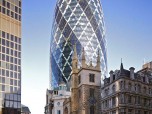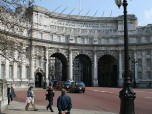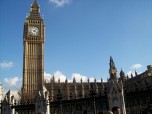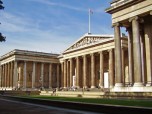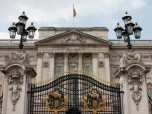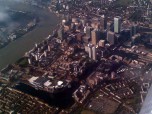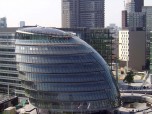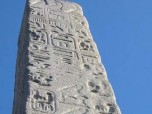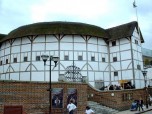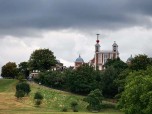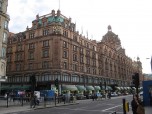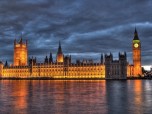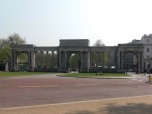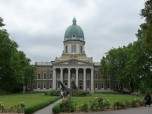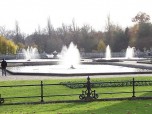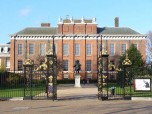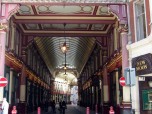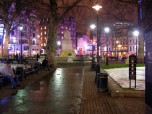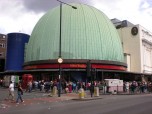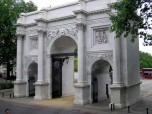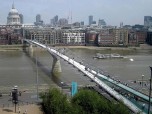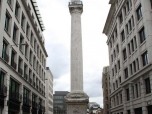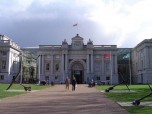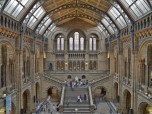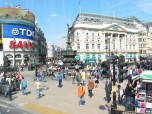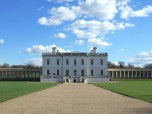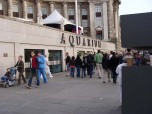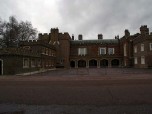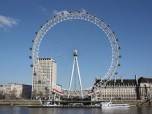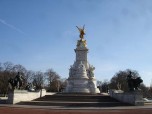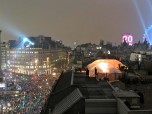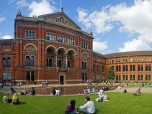The Natural History Museum is a huge museum that is located in London, England. People who are interested in visiting this museum can find it on Exhibition Road, right by the Science museum and the Victoria and Albert Museum. The Natural History Museum is where many different items regarding paleontology, botany and mineralogy can be found. Altogether, there are around 70 million items that are within the museum.
Inside the Museum
The collections that can be found in the museum are considered to have a lot of scientific and historical value. Some of the items that guests can expect to see are a wide range of books, as well as journals. The museum also houses interesting manuscripts that people can view and there is an amazing artwork collection. All of these items are connected to the science departments’ research and work. If visitors are interested in visiting the library at the museum, then they will need to make an appointment to do so.
Exhibits
The blue zone section of the museum is where you can learn about the many different types of animals, both existing and extinct. There are facts about dinosaurs and interesting information about mammals such as the blue whale, polar bear or platypus. While in the blue zone, you will also be able to view amazing artwork regarding nature.
The green zone is where fossils are housed. Some of these fossils are from extinct animals that used to roam England. There are even fossils of unique reptiles that can be viewed while at the museum.
The red zone of the museum houses sculptures. Visitors can also take a look at a piece of the moon as well as other gorgeous specimens. People can view the gems, diamonds and minerals located in the red zone. There is also an exhibit on how human activity has affected the planet.
The orange zone is home to the gorgeous wildlife garden. Visitors can also see what goes on behind the scenes at the Darwin Centre where millions of specimens are stored and scientific research is conducted. If you enjoy watching wildlife and learning about wildlife, then your first stop at the museum should be the red zone.
Temporary Exhibits
There are many interesting things that take place at the museum. When in season, guests can go to the front lawn of the museum and see the butterfly exhibition. This is where you can see hundreds of different kinds of butterflies. This exhibition takes place between March and September. From February to September, people who visit the museum can go and view the extinction of dinosaurs exhibition. This is where people will learn a lot about extinction, such as the role it plays in the evolution.
More Information
The Natural History Museum is one of the most popular tourist attractions in London. Around 4,000,000 people come to visit the museum every year. Entrance into the museum is completely free. Since 2001, the museum has been free to enter. However, some things do cost money, such as temporary exhibitions.
People who are interested in visiting the museum can do so on any day, as it is opened for business every single day, except for the 24th through the 26th of December. The doors open at 10 AM, and the museum closes a little before six at night. If you go to London make sure to visit the Natural History Museum.

